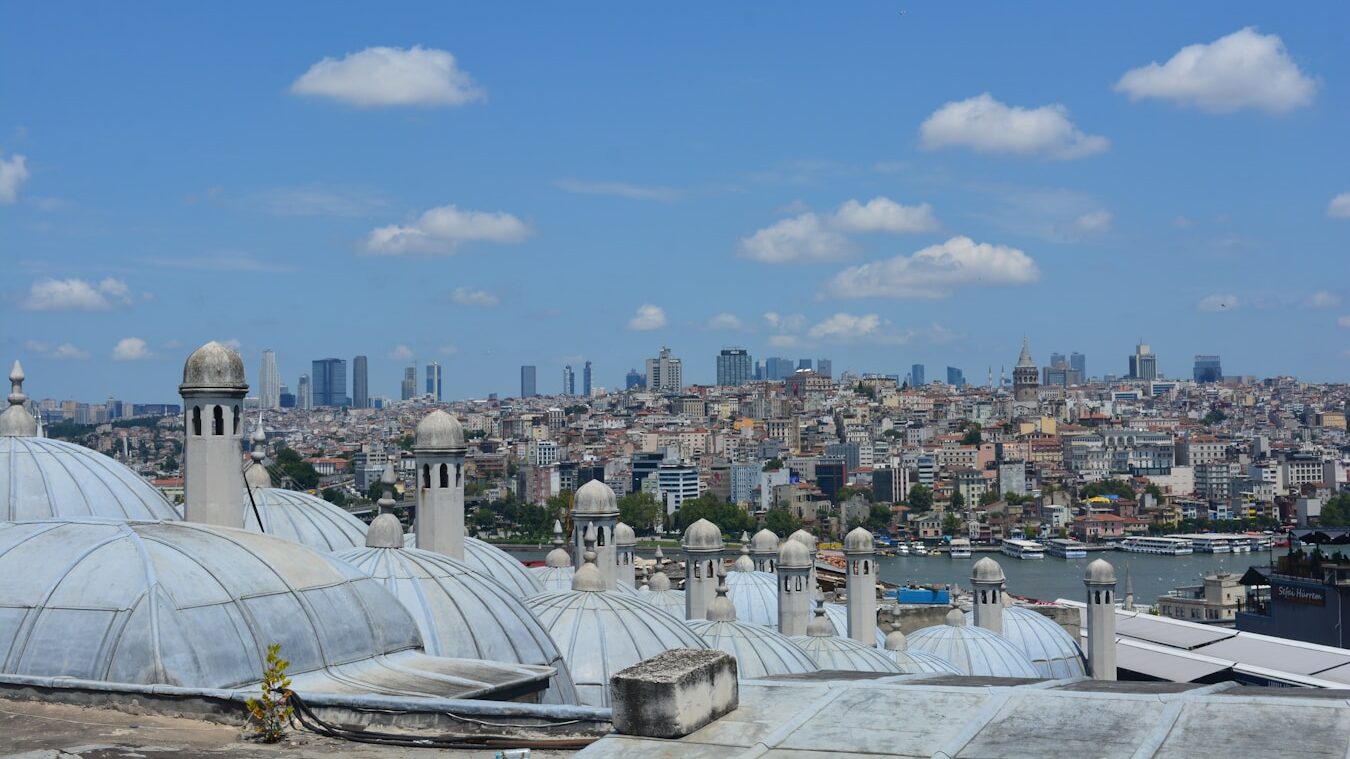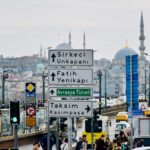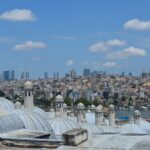The Greek Population in Istanbul: A Cultural Tapestry
The Greek population in Istanbul represents a rich tapestry of history and culture, dating back to ancient times. This article delves into the complexities of the Greek community’s presence, examining their historic significance and contemporary status in a city that has transformed dramatically over the centuries.
Table Of Content
Historical Significance of the Greek Community

The history of Greeks in Istanbul dates back to the establishment of Byzantium in 657 BC, where they laid the foundational culture that would evolve into the Byzantine Empire. Over centuries, the Greek population formed a vital part of the urban identity, influencing the city’s architecture, language, and social structures. With the rise of Christianity, the Greek Orthodox Church emerged as a cornerstone of community life, offering not only spiritual guidance but also social services. Its prominence is epitomized by the iconic Hagia Sophia, initially a cathedral, reflecting the architectural prowess and theological influence of the Greek community.
Following the fall of Constantinople in 1453, the Greek population faced significant challenges. The Ottomans imposed new socio-political dynamics that marginalized Christian populations. However, the Greeks adapted by establishing the Millet system, which allowed them to maintain their religious and cultural identity under Ottoman rule. During this period, institutions such as the Ecumenical Patriarchate of Constantinople became crucial in preserving Greek heritage and language, enabling the community to flourish within the new political framework.
The Greek contribution to Istanbul’s cultural tapestry is also evident in arts, literature, and commerce. The legacy of influential figures such as the poet Andreas Kalvos and the national hero Rigas Feraios highlights the interplay between Greek nationalism and the broader narrative of Ottoman history. Nonetheless, major upheavals, including the Balkan Wars and the population exchanges of the early 20th century, led to a sharp decline in the Greek presence, fundamentally shaping the demographic landscape of Istanbul today.
Contemporary Greek Population in Istanbul
Contemporary Greek life in Istanbul is characterized by a small but vibrant community that continues to weave its cultural tapestry amid a rapidly changing urban landscape. As of the latest estimates, the Greek population in Istanbul consists of approximately 2,000 to 3,000 individuals, a stark contrast to its historical numbers. This demographic shift is largely a result of emigration, economic challenges, and changing societal dynamics.
The community is anchored by key institutions, such as the *Hagia Triada* Church, which serves not only as a place of worship but also as a cultural center for the Greeks in Istanbul. Likewise, the *St. George’s Cathedral*, the patriarchal seat of the Greek Orthodox Church, remains crucial, offering spiritual guidance and fostering a sense of unity among the dwindling population.
Cultural practices still thrive, manifesting in festivals, traditional music, and culinary events, where the flavors of Greek cuisine find their place within Istanbul’s diverse food scene. However, contemporary challenges loom large, including issues of economic sustainability and the preservation of Greek identity. Many younger community members struggle with bilingualism and cultural disconnection, as they navigate their mixed identities within such a cosmopolitan environment.
Education remains vital, with the remaining Greek schools, although fewer than in the past, playing a fundamental role in cultural transmission. The community actively works to maintain its Greek legacy, fostering an atmosphere of resilience against the pressures of assimilation amidst Istanbul’s diverse population. These efforts highlight a profound commitment to sustaining their unique identity, threading through a city that has always been a crossroads of cultures.
Conclusions
The Greek population in Istanbul, though diminished, continues to be a vital part of the city’s cultural landscape. Their historical legacy and ongoing presence contribute significantly to the diversity of Istanbul, showcasing a blend of traditions that enrich the city’s multicultural identity. Understanding their story is crucial in appreciating the heritage of this vibrant metropolis.

